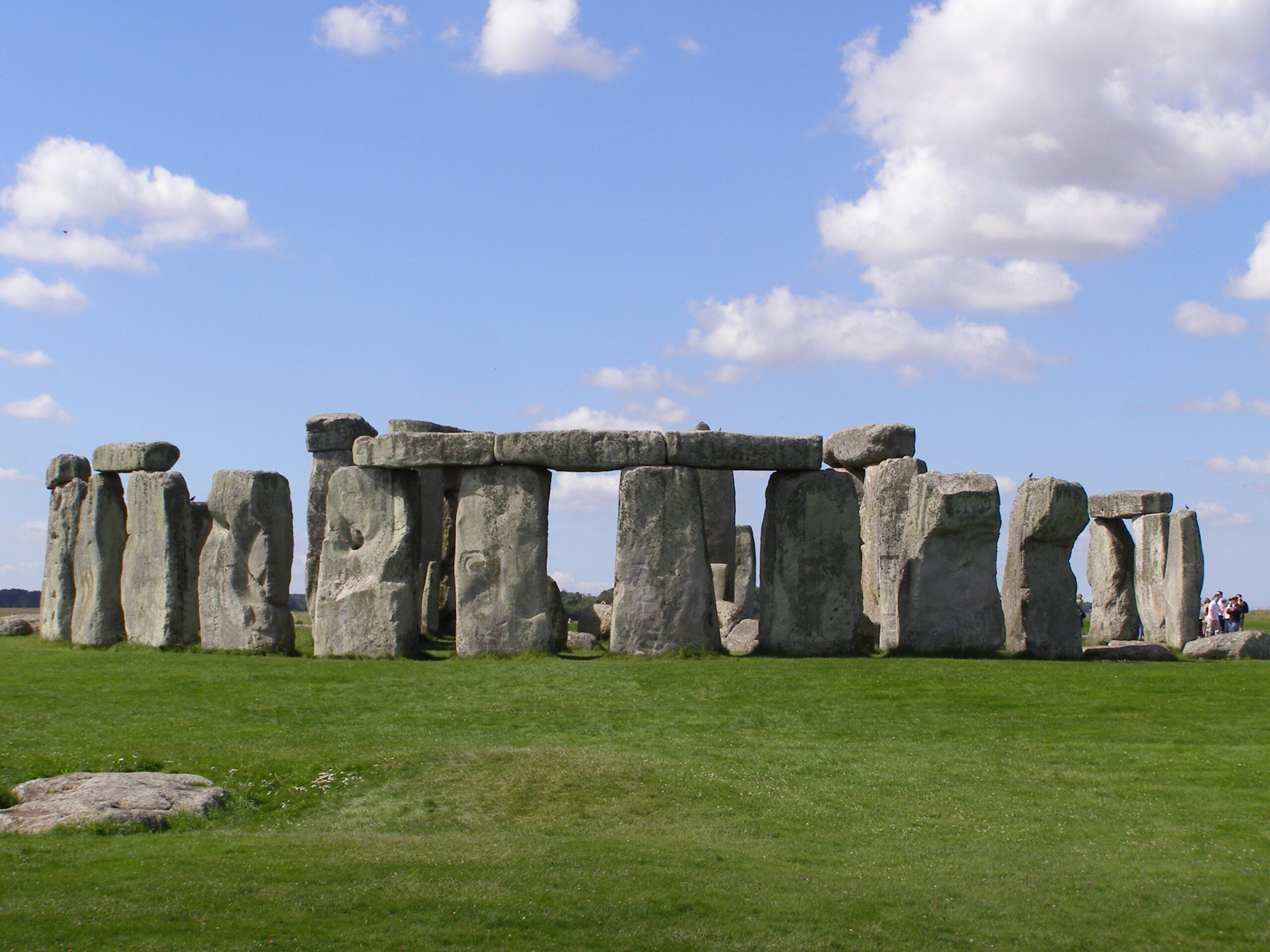
- This event has passed.
Stonehenge: Unraveling the Mysteries of an Ancient Monument

Few landmarks in the world stir as much fascination and curiosity as Stonehenge. Standing on the Salisbury Plain in Wiltshire, England, this prehistoric monument has captivated the imaginations of archaeologists, historians, tourists, and mystics alike for centuries. Its weathered stones, arranged in a circular pattern, evoke questions that continue to puzzle us today: Who built it? Why was it constructed? How did ancient people move such massive stones without the technology we take for granted?
Stonehenge is not just a pile of rocks; it is a symbol of human ingenuity, ritual, and our deep connection to the cosmos. In this post, we’ll dive into the history, theories, and cultural significance of this extraordinary monument, and why it remains one of the most iconic archaeological sites in the world.
